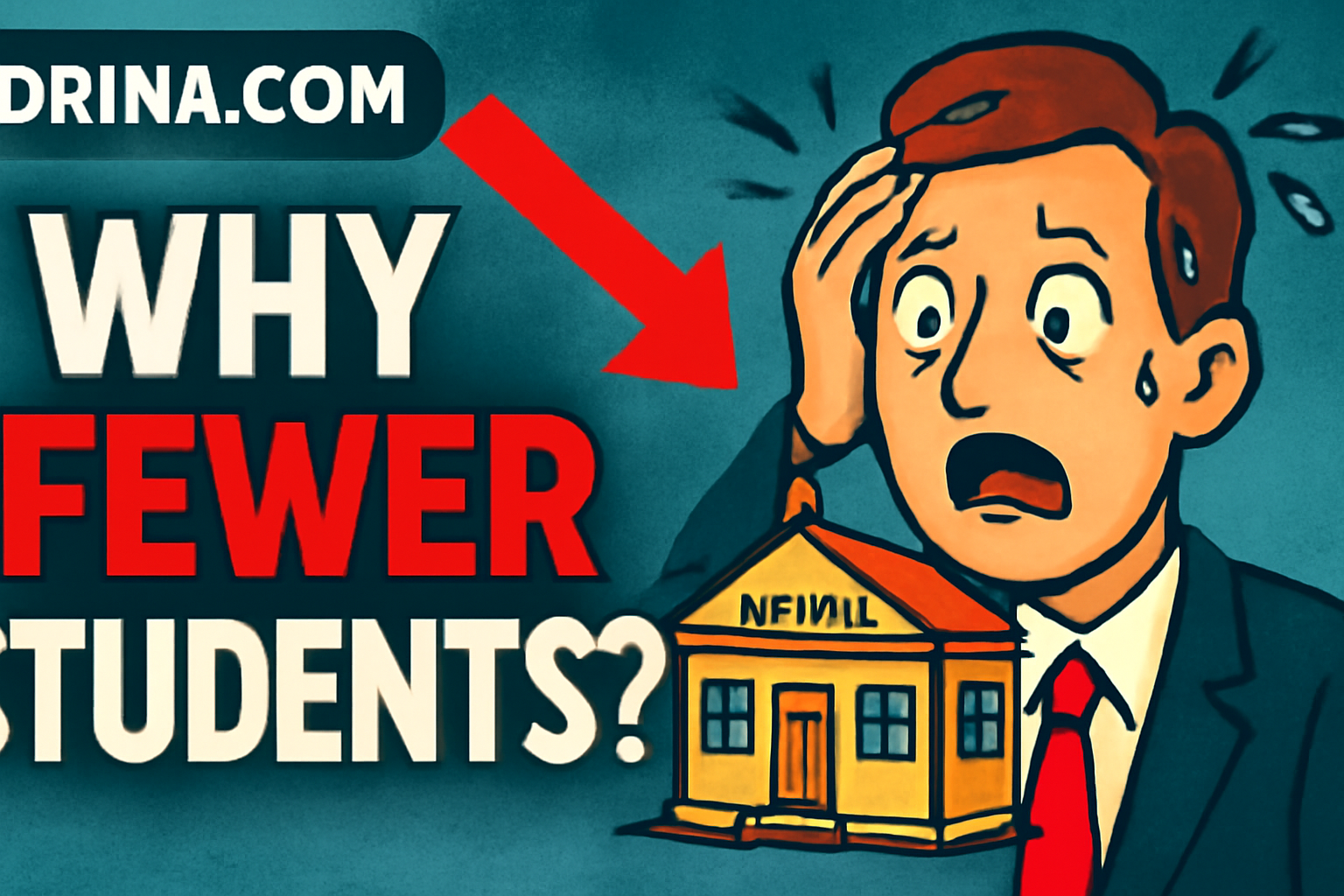What’s going on with Serbian schools? The number of students in Serbia has dropped by a staggering 50,000 in the last ten years! Yes, you read that right – fifty thousand fewer kids sitting in classrooms. And that’s not all. This decline is especially sharp in rural areas where schools are literally shutting down. Sounds like a scene from a dystopian movie, but it’s the harsh reality of our education crisis.
Why is this happening? First, Serbia has the lowest birth rate in decades. Fewer kids mean fewer students, and fewer students mean fewer classes. The Ministry even lowered the maximum number of students per class from 30 to 28, and experts say the ideal number should be between 20 and 24. But with the shrinking number of children, schools are struggling to fill even those numbers.
Rural schools are the hardest hit. Satellite school branches are closing because parents, due to work or other obligations, take their kids to main schools in the cities. Some schools have inadequate classrooms, but the problem also lies in social culture and parental habits. Private schools, on the other hand, have doubled their student numbers in the last decade. Parents seek specific programs, like foreign language instruction or vocational profiles that are popular and in demand in the job market.
Interestingly, gymnasiums are losing the battle to vocational schools. The number of gymnasium students is stagnant, while three-year vocational schools are seeing enrollment growth. This is partly thanks to dual education, where students gain knowledge both in schools and with employers. This is a great direction because Serbia desperately needs skilled tradespeople – electricians, construction workers, chemical technicians, and other specialists who have been neglected for years.
The pandemic further highlighted the need for medical staff, making medical schools extremely popular. Also, computer science and traffic-related profiles are expanding. But will this trend last? Sociological factors and changing youth interests affect the popularity of professions, so some careers become popular for a few years and then fade away.
Despite these problems, the Serbian education system still produces top-notch professionals who are respected worldwide. Our doctors, scientists, and engineers prove that quality exists, but the question is how long we can hold out without serious reforms and investments.
So, while schools in villages are shutting down and student numbers are falling, private schools are booming, and trades are making a big comeback. Is this the beginning of the end for traditional schooling in Serbia or an opportunity for a fresh start? Share your thoughts – is it time to completely overhaul the education system or return to good old trades? Maybe your comment will spark the real debate!







